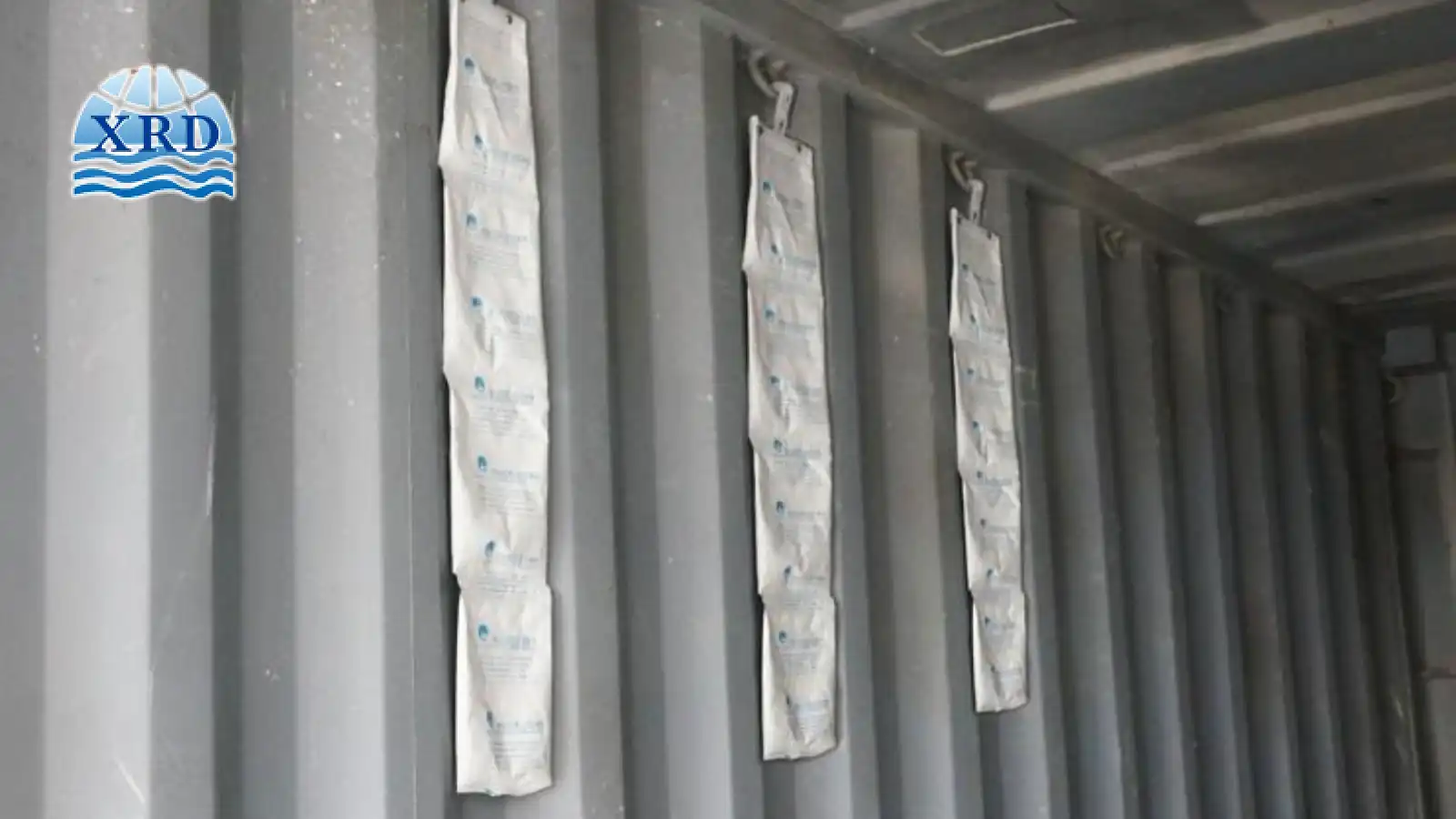Introduction
Moisture damage is a major concern in various industries, from food packaging to electronics storage and industrial gas processing. Among the many desiccants available, calcium chloride (CaCl₂) stands out due to its high moisture absorption rate, cost-effectiveness, and versatility.
This guide explores how to choose the right calcium chloride desiccant, compares it with alternatives like silica gel and montmorillonite, examines real-world applications, and provides key purchasing considerations.
1. Desiccant Types Compared: Calcium Chloride vs. Silica Gel vs. Montmorillonite
Not all desiccants perform equally. Understanding their differences helps in selecting the best option for your needs.
Calcium Chloride (CaCl₂)
- Absorption Capacity: Up to 300% of its weight in water (highest among common desiccants).
- Mechanism: Dissolves into a brine solution as it absorbs moisture, making it ideal for high-humidity environments.
- Best For: Long-term storage, industrial dehumidification, and large-scale moisture control.
Silica Gel
- Absorption Capacity: ~40% of its weight.
- Mechanism: Physical adsorption (water molecules stick to its porous surface).
- Best For: Electronics, pharmaceuticals, and small-scale packaging (non-toxic, reusable).
Montmorillonite Clay
- Absorption Capacity: ~15-20% of its weight.
- Mechanism: Natural clay that traps moisture in its layered structure.
- Best For: Moderate humidity control in shipping containers and food packaging.
Moisture Absorption Comparison Table
| Desiccant Type | Absorption Rate (% of weight) | Reusable? | Best Use Case |
|---|---|---|---|
| Calcium Chloride | Up to 300% | No (consumable) | Industrial, high-humidity areas |
| Silica Gel | ~40% | Yes (when heated) | Electronics, medical supplies |
| Montmorillonite | ~15-20% | Limited reuse | Packaging, moderate humidity |
Why Calcium Chloride Wins in High-Moisture Scenarios:
Unlike silica gel and montmorillonite, CaCl₂ doesn’t just trap moisture—it actively dissolves into a liquid brine, allowing continuous absorption until saturation. This makes it superior for long-term storage, marine transport, and industrial drying.
2. Application Scenarios: Where Calcium Chloride Desiccants Excel
A. Electronics Transport: Preventing Condensation Damage
Electronics are highly sensitive to moisture, especially during overseas shipping where temperature fluctuations cause condensation inside packaging.
Solution:
- Use calcium chloride-lined moisture barrier bags to maintain low humidity.
- For large shipments (e.g., semiconductors), integrate CaCl₂ canisters in container desiccant units.
Case Example:
A smartphone manufacturer reduced moisture-related defects by 42% after switching from silica gel to calcium chloride packets in their export packaging.
B. Swimming Pool Enclosure Dehumidification
Indoor pools suffer from high humidity, leading to mold, corrosion, and structural damage.
How Calcium Chloride Helps:
- Industrial dehumidifiers with CaCl₂ pellets absorb excess moisture efficiently.
- Unlike refrigerant dehumidifiers, CaCl₂-based systems work well in low-temperature environments.
Installation Tip:
For large pools, a hybrid system (refrigerant + CaCl₂) ensures optimal humidity control year-round.
C. Industrial Gas Dehydration (Natural Gas Processing)
In oil and gas industries, water vapor in pipelines can cause corrosion and hydrate formation, leading to blockages.
Why Calcium Chloride is Used:
- Gas drying towers filled with CaCl₂ pellets remove moisture effectively.
- Higher efficiency compared to molecular sieves in high-flow systems.
3. Key Buying Considerations: How to Choose the Best Calcium Chloride Desiccant
A. Critical Product Parameters
-
Particle Size
- Fine granules (1-3mm): Faster absorption (good for small packaging).
- Pellets (5-10mm): Slower release, better for industrial dehumidifiers.
-
Chloride (Cl⁻) Content
- High-purity CaCl₂ (94%+): More effective, less residue.
- Low-grade (70-80%): May contain impurities, reducing efficiency.
-
Regeneration Potential
- Most CaCl₂ desiccants are single-use, but some industrial-grade variants can be reactivated by heating.
B. How to Avoid Low-Quality Products
- "Clumping Test": Poor-quality CaCl₂ forms hard lumps quickly due to impurities.
- Check Certifications: NSF/USP-grade for food/pharma applications.
- Packaging Integrity: Moisture-proof bags should be heat-sealed.
4. Industry Success Story: E-Commerce Warehouse Moisture Control
Problem:
A global e-commerce brand faced 12% product damage due to humidity in Southeast Asian warehouses.
Solution:
- Installed hanging CaCl₂ desiccant bags in storage areas.
- Used humidity indicator cards to monitor conditions.
Result:
- 37% reduction in moisture-related losses within 6 months.
- Improved shelf life of hygroscopic products (leather goods, supplements).
Conclusion
Calcium chloride desiccants offer unmatched moisture absorption for industrial, commercial, and packaging needs. Whether you’re protecting electronics, maintaining pool enclosures, or dehydrating natural gas, selecting the right grade and form of CaCl₂ ensures optimal performance.
Before purchasing, verify purity, particle size, and packaging quality to avoid substandard products. For long-term cost savings, consider bulk procurement from certified suppliers.

